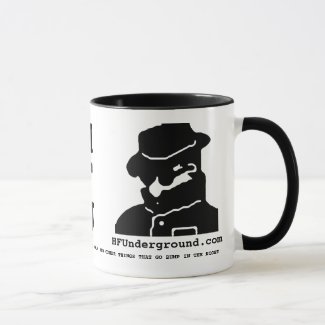One of the simplest FM filters which can be reasonably practical for the homebuilder are made from coax.
They rely on the fact that a quarter wave stub can either look like a short or an open circuit depending on whether it is open or shorted respectively.
Get a coax tee, and connect a quarter wave of good quality coax to the tee solder the far end of it together (conductor and shield) and put the tee inline with your feedline.
This is, in fact, electrically very similar to a cavity filter, but with a little bit more loss and lower Q, but it is much cheaper and more homebrew friendly.
Remember that a quarter wave will be a normal quarter wave in free space multiplied by the velocity factor of your coax, which you should be able to look up (usually 0.6 to 0.

Make sure to include the length added by the coax tee and measure as accurately as possible. A big advantage of these filters is that they are a short circuit at dc. When I worked in broadcast, I would put them in between the exciter (usually a 20 or so watt transmitter) and the 30 Kw power amplifer, that way DC spikes caused by transmitter problems wouldn't kill the solid state exciter.
some things to be careful of.
make sure your transmitter is ac coupled, if the plate/collector/drain voltage is present on the output, this filter won't work
if you are transmitting more than a watt or so, hook up the filter and run it, make sure its not getting warm. if you have it cut for the wrong frequency, your transmitter will see a very bad vswr, and the filter will dissipate as much power as the loss in the coax allows.



